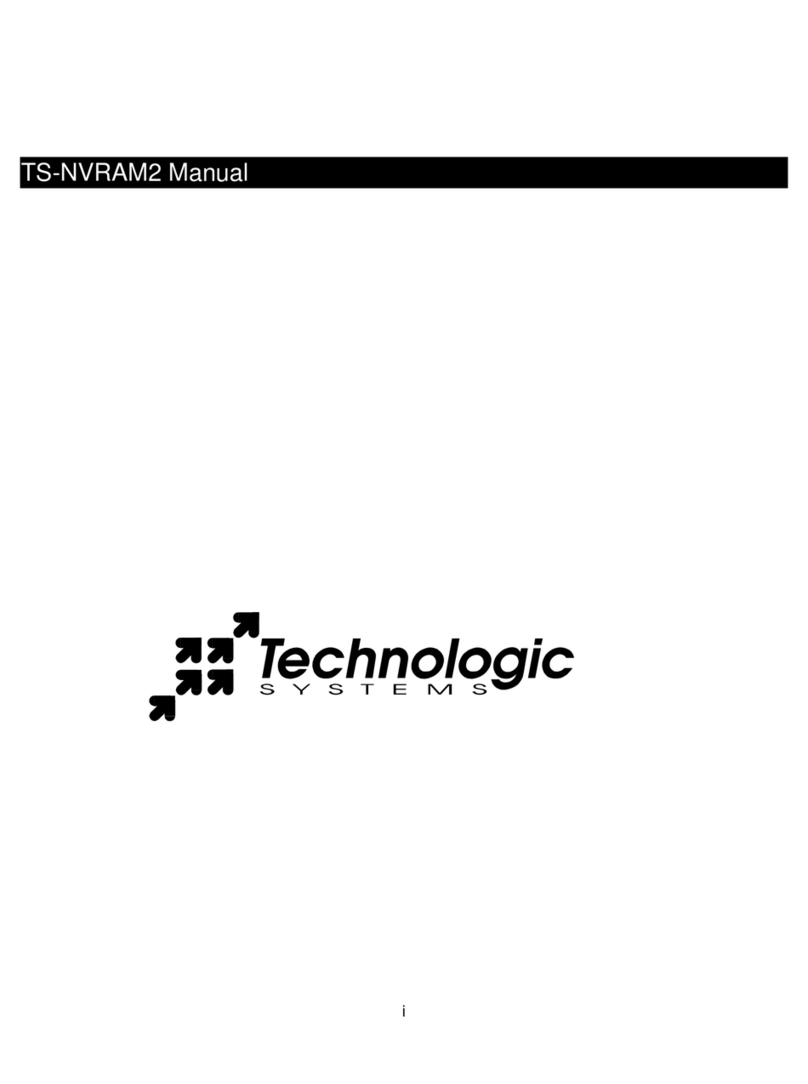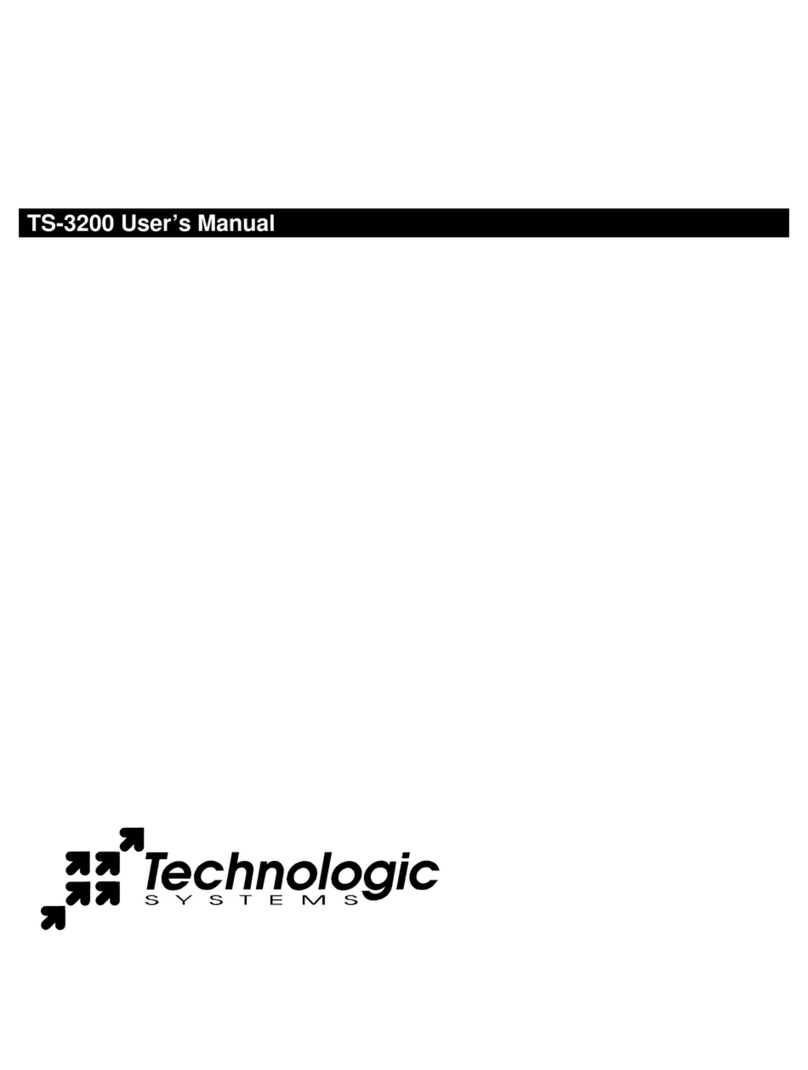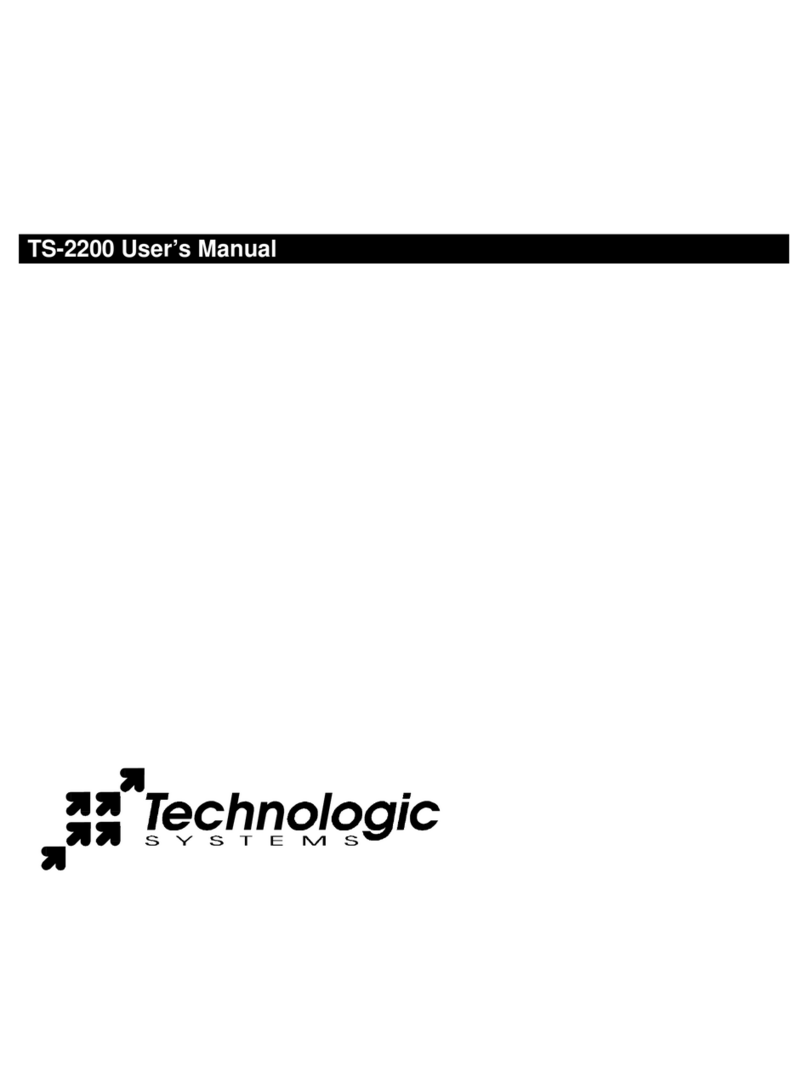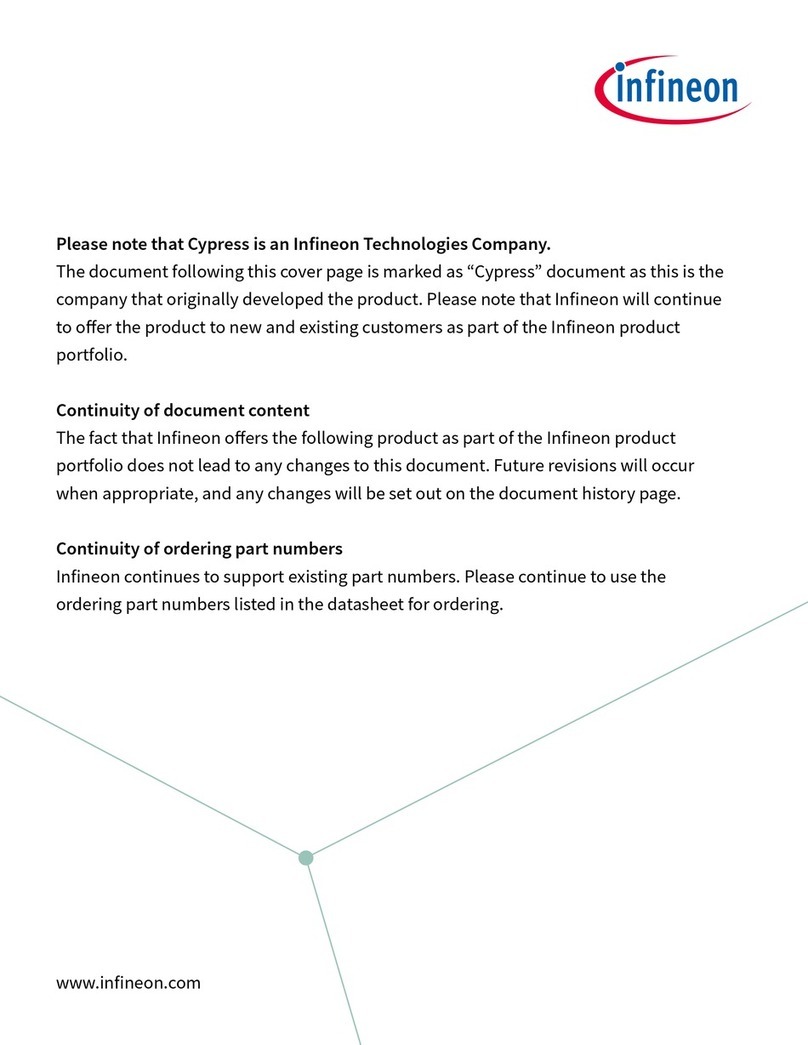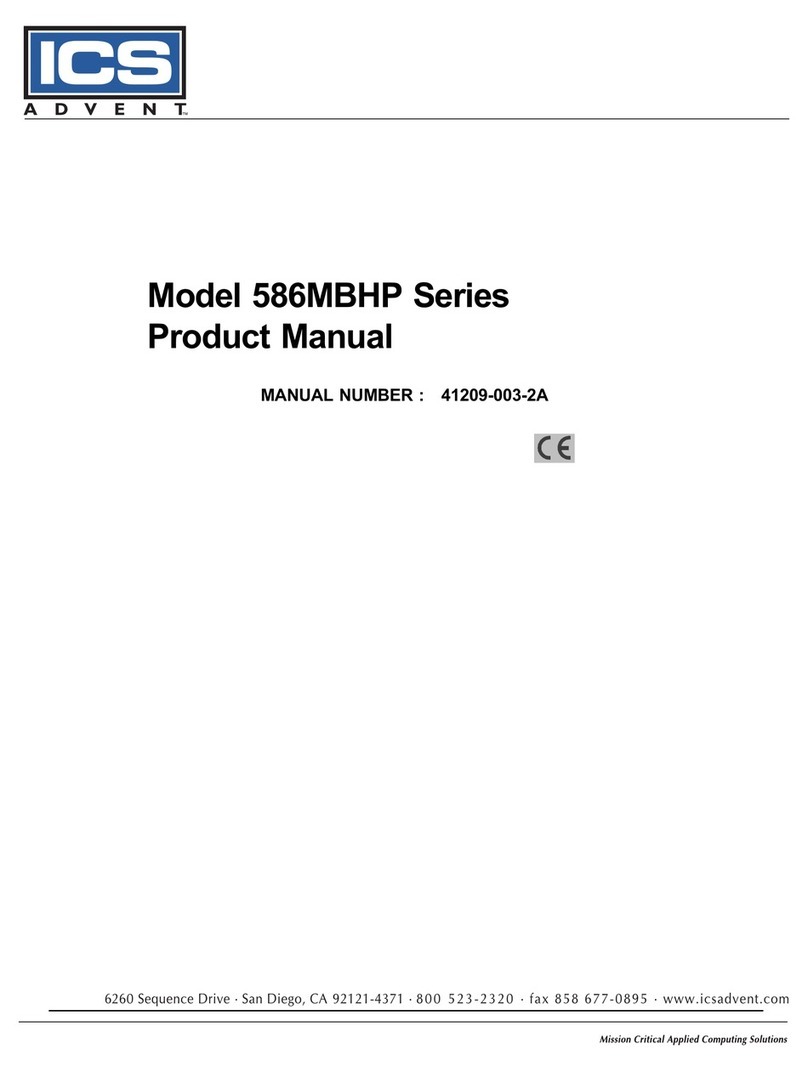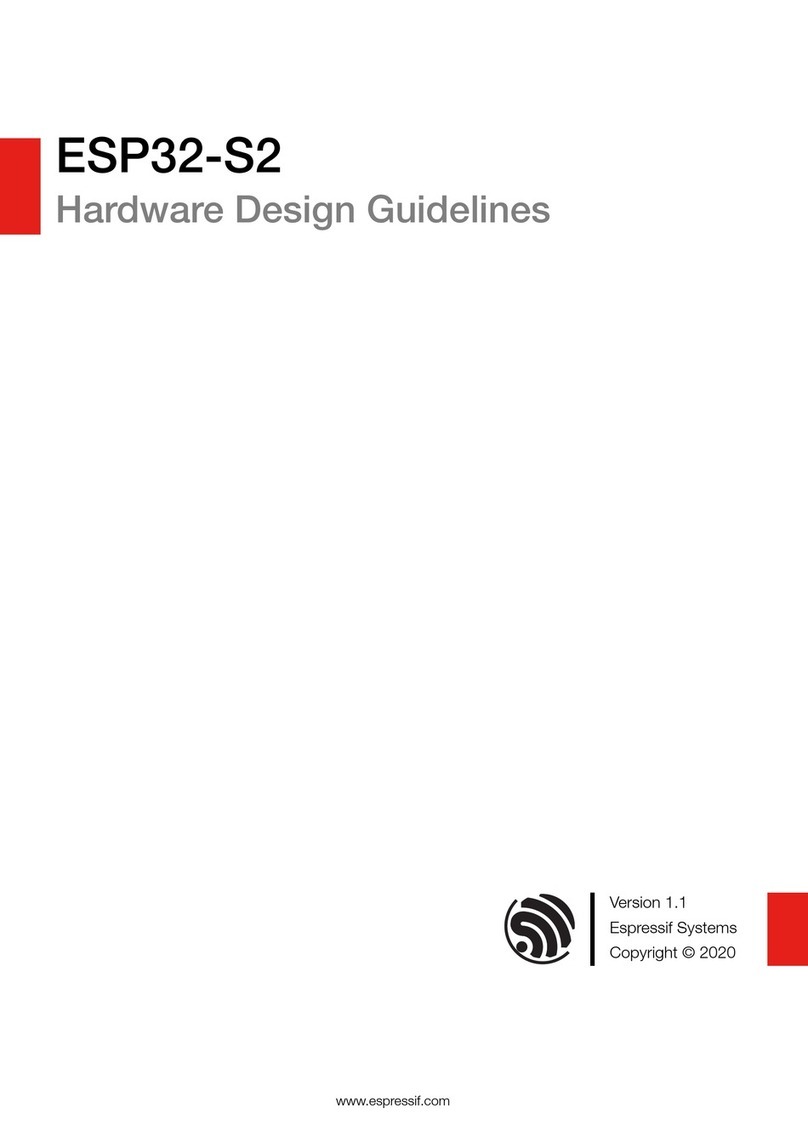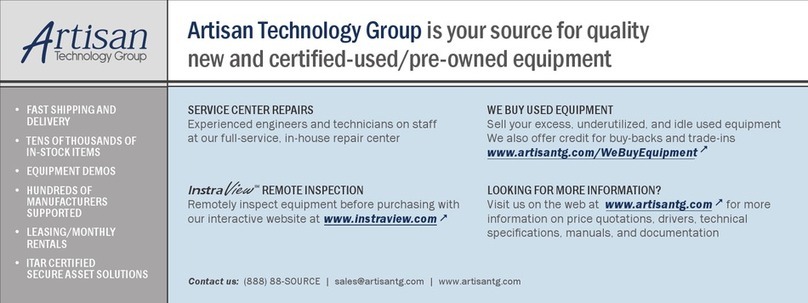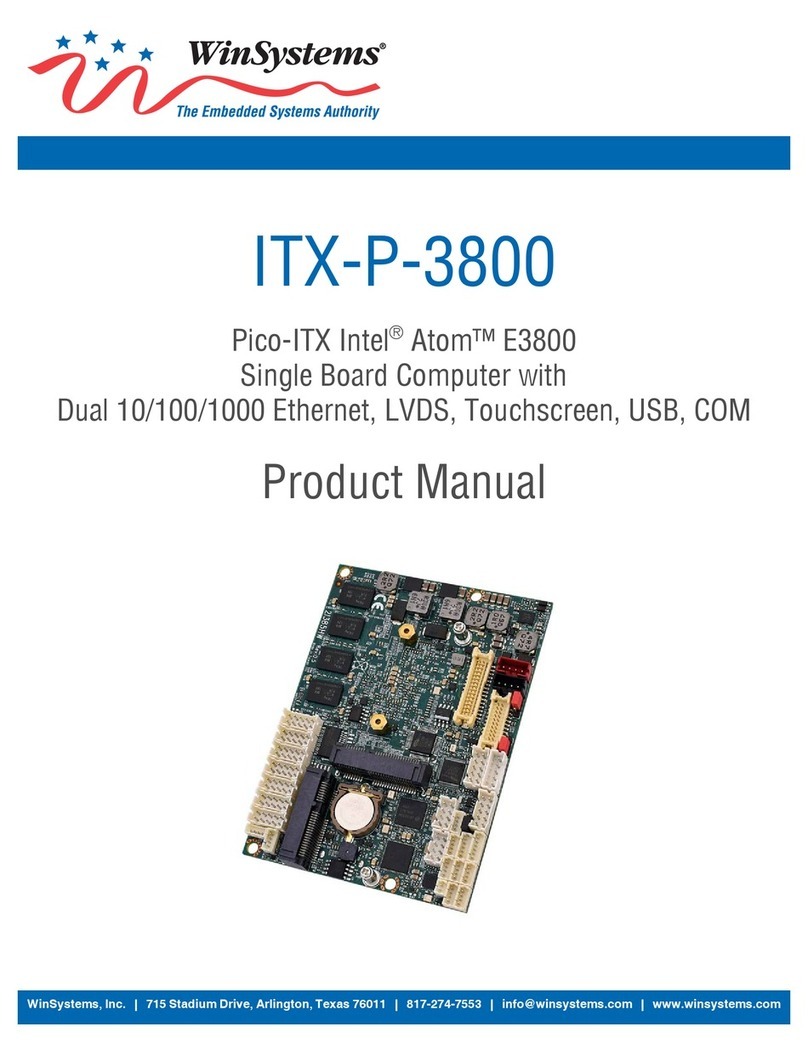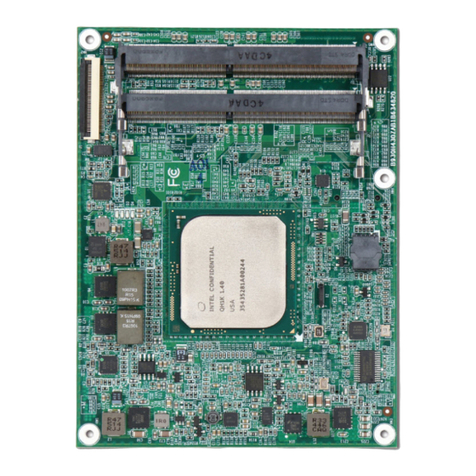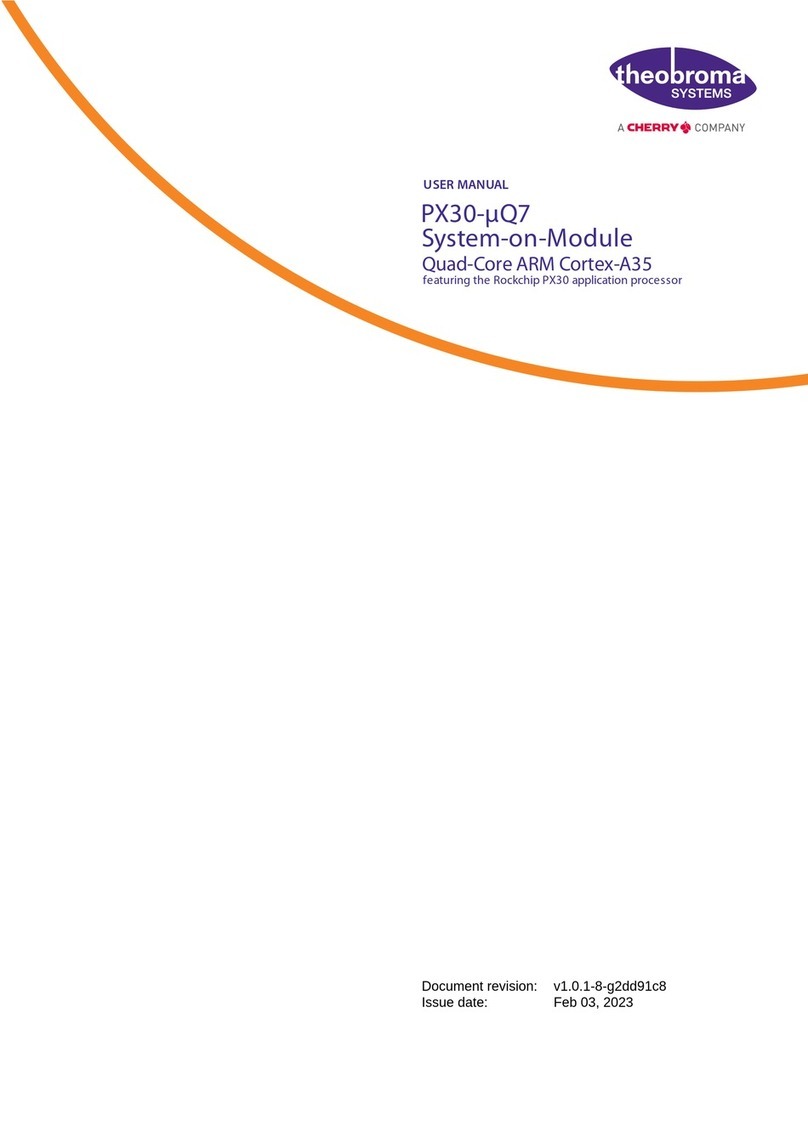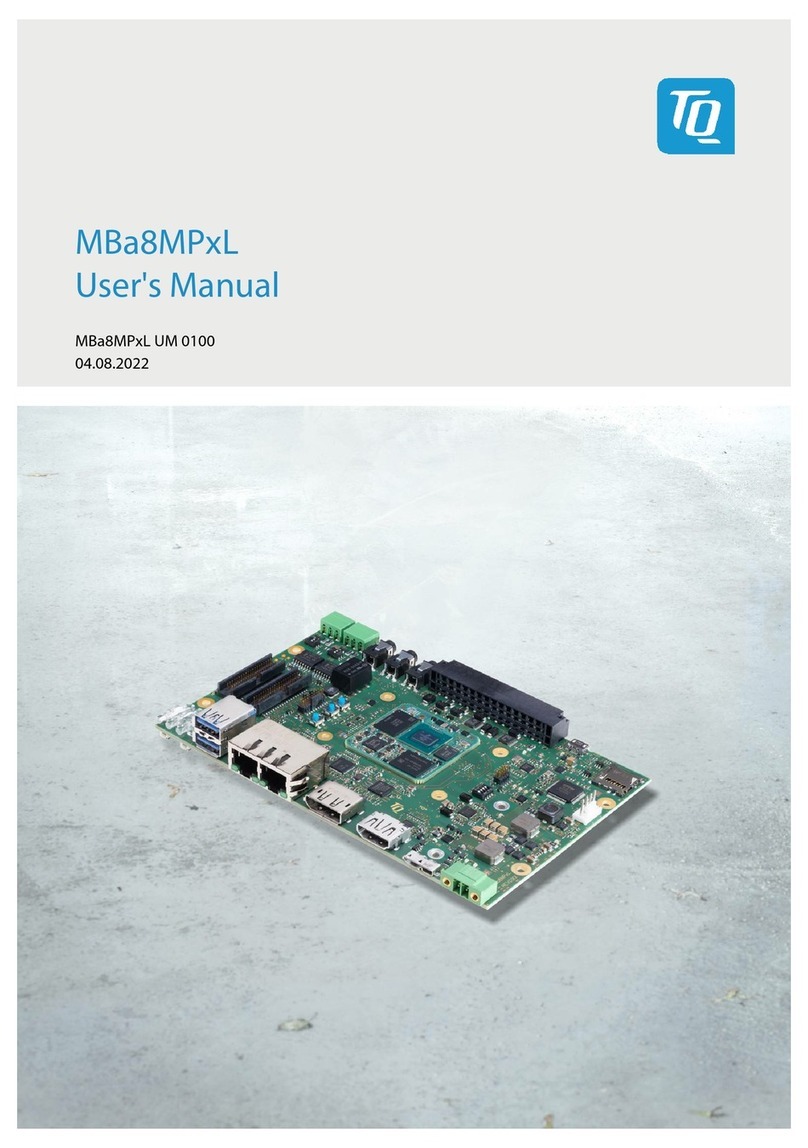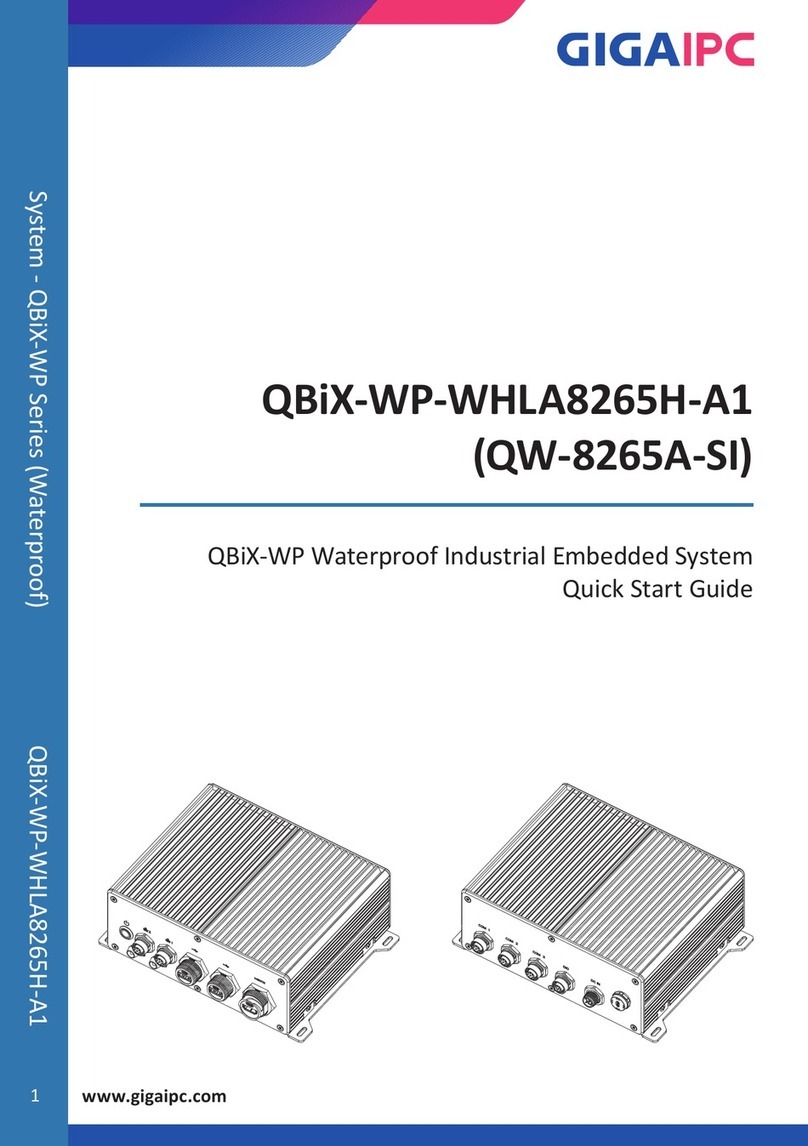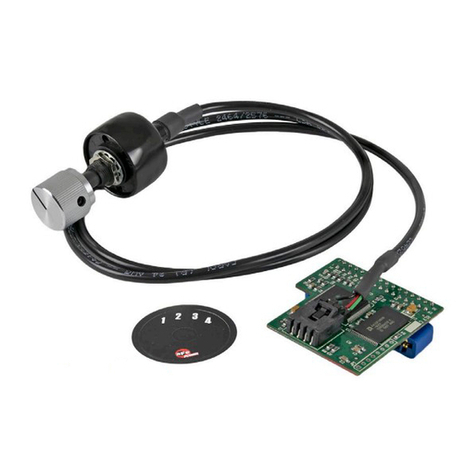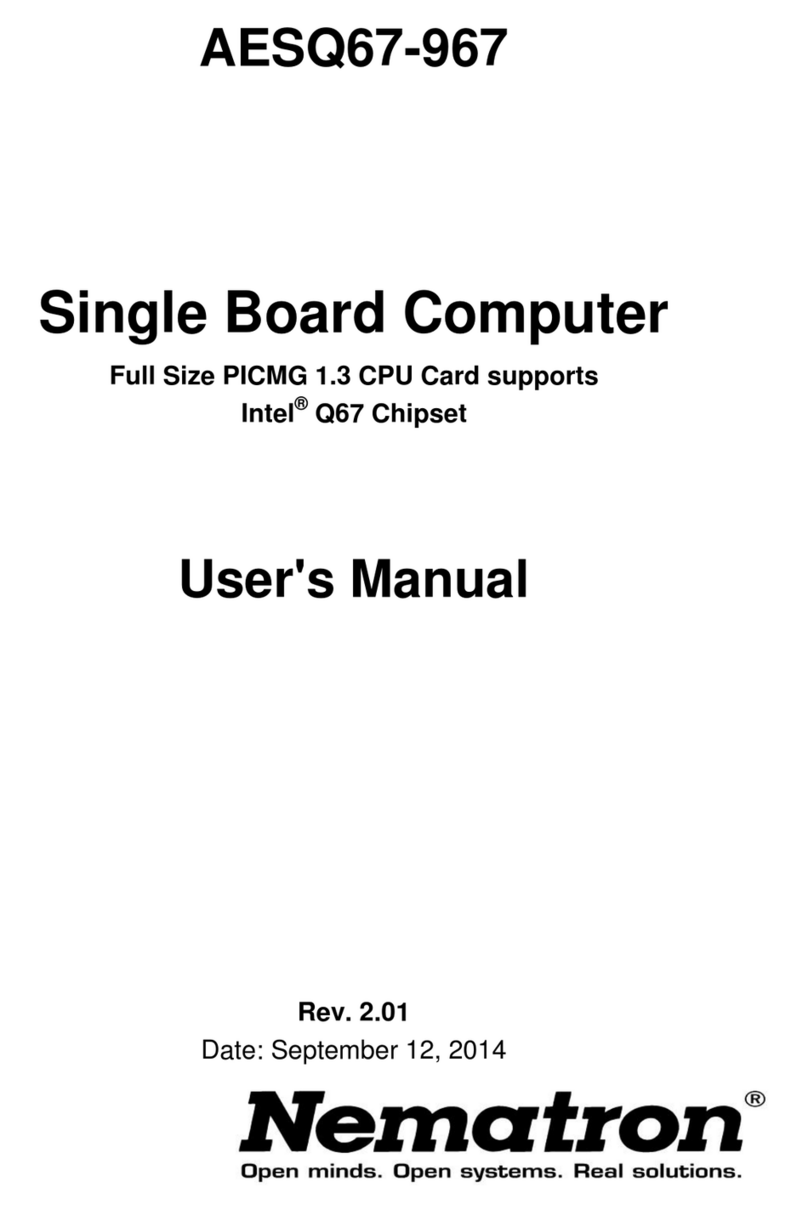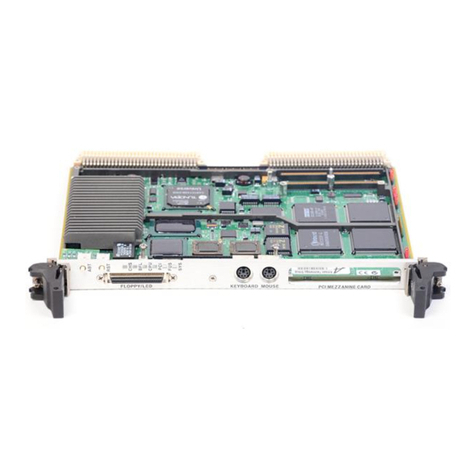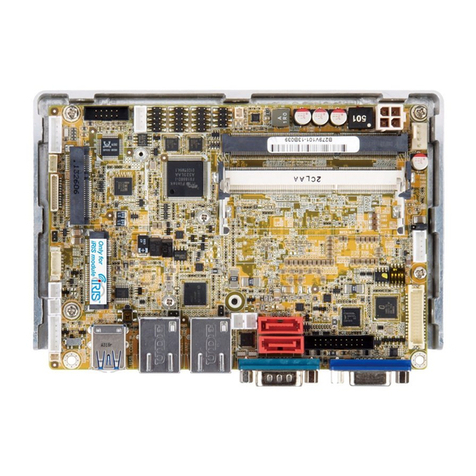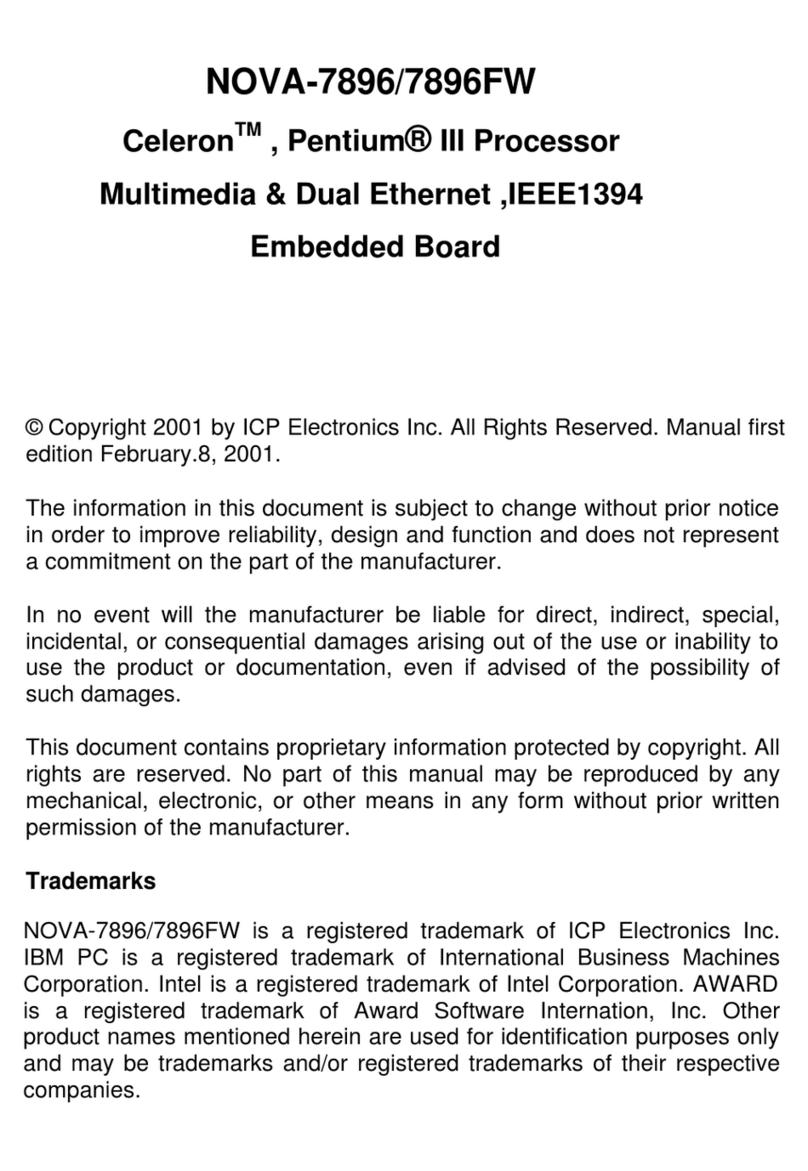Technologic Systems TS-9500 User manual

TS-9500 Manual

Technologic Systems, Incorporated
16610 East Laser Drive, Suite 10
Fountain Hills, AZ 85268
480-837-5200
FAX 837-5300
info@embeddedx86.com
http://www.embeddedx86.com/
This revision of the manual is dated
October 22, 2003
All modifications from previous versions are listed in the appendix.
Copyright © 1998-2003 by Technologic Systems, Inc. All rights reserved.

Limited Warranty
Technologic Systems warrants this product to be free of defects in material and
workmanship for a period of one year from date of purchase. During this warranty period
Technologic Systems will repair or replace the defective unit in accordance with the
following instructions:
Contact Technologic Systems and obtain a Return Material Authorization (RMA)
number and a copy of the RMA form.
Fill out the RMA form completely and include it and dated proof of purchase with
the defective unit being returned. Clearly print the RMA number on the outside of
the package.
This limited warranty does not cover damages resulting from lighting or other power
surges, misuse, abuse, abnormal conditions of operation, or attempts to alter or modify
the function of the product.
This warranty is limited to the repair or replacement of the defective unit. In no
event shall Technologic Systems be liable or responsible for any loss or damages,
including but not limited to any lost profits, incidental or consequential damages,
loss of business, or anticipatory profits arising from the use or inability to use this
product.
Repairs made after the expiration of the warranty period are subject to a flat rate repair
charge and the cost of return shipping. Please contact Technologic Systems to arrange
for any repair service.

Table of Contents
Limited Warranty ........................................................................................................................................... 3
1. Introduction ............................................................................................................................................ 5
2. PC/104 Bus Interface.............................................................................................................................. 5
3. VGA Video, Keyboard, and Mouse ....................................................................................................... 5
4. Compact Flash........................................................................................................................................ 6
5. Using the SanDisk USB Compact Flash Reader .................................................................................... 6
6. Using LCD, Matrix Keypad with TS-9500 ............................................................................................ 6
7. Booting from TS-9500 ........................................................................................................................... 7
8. Using the TS-9500 with a TS-3100........................................................................................................ 7
9. Using the TS-9500 with a TS-2100, TS-2200, TS-2800 ........................................................................ 7
10. Jumper and Dip Switch Settings......................................................................................................... 8
Appendix A I/O Memory Map ....................................................................................................................... 9
Appendix B Manual Revisions....................................................................................................................... 9

1. Introduction
The Technologic Systems TS-9500 is a valuable tool when developing for any
Technologic Systems Single Board Computer (SBC). It features a Compact Flash
interface, standard VGA video connector, and standard connectors for a PS/2 Keyboard
and Mouse. The TS-9500 daughter board allows for a developer to write source code,
compile, run, and debug right on the target SBC using a typical PC compatible
development suite (such as Borland's Turbo C). By simply moving your development
tools onto the Compact Flash card, and plugging in monitor and keyboard, one can
develop and debug directly on the target platform.
2. PC/104 Bus Interface
The TS-9500 features a 16-bit PC/104 Bus that is compatible with Technologic Systems
3000 and 5000 series of SBC. These products use a standard PC/104 bus except that
pin A1 is used for the IRQ1 function (instead of the NMI function). The TS-9500
keyboard controller uses this interrupt for keyboard input (as per a standard PC). This is
a non-standard usage for this PC/104 Bus pin, but there is little chance of a conflict,
since the standard function of this pin is “Parity Error” for extended memory daughter
boards, which should never be needed with our products.
I/O locations 198h through 019Fh are used by the TS-9500. When installing other
PC/104 daughter boards, the user must ensure that there is no conflict with these I/O
locations.
Although the TS-9500 uses the full 16-bit bus, it can support SBC products with only an
8-bit bus (such as the TS-3100). All resources except the Compact Flash can function
with a restricted 8-bit bus. When using an SBC with an 8-bit bus, the Compact Flash will
be non-functional.
3. VGA Video, Keyboard, and Mouse
No special cables are needed to use the VGA, keyboard, and mouse interfaces. Simply
plug in your monitor into the TS-9500 VGA connector as you would for any other typical
PC computer. A PS/2 keyboard plugs into the connector labeled KeyBoard (farthest
from the VGA connector). A PS/2 mouse plugs into the connector between the VGA
connector and the Keyboard connector. The TS-9500 uses a Chips and Technology
65545 chip for the VGA video generation and it uses an Intel 82C42PC chip with
Phoenix Technologies Ltd. firmware for the keyboard and mouse controller.
The mouse interface requires IRQ12 support. The TS-5300 uses IRQ12 for the Ethernet
port and therefore will not support a PS/2 mouse. The 3000 series of products have no
BIOS support for a PS/2 mouse. If you wish to use a mouse on these products, a serial
mouse will work fine (using a COM port).
The other TS-5xxx series of SBC products do support a PS/2 mouse using the TS-9500.

4. Compact Flash
A Compact Flash card allows for efficient, reliable, and easy transfer of files from a Host
PC to the TS-9500. A SanDisk USB Compact Flash reader/writer (which can be
purchased from Technologic Systems) is recommended for the host PC for reliable file
transfers. This results in the ability to quickly move files from a host PC to the TS-9500
using a Compact Flash Card as the removable media.
The TS-9500 is shipped with DIP Switch #5 in the “ON” position setting the Compact
Flash as the Primary IDE device. If the main SBC has a Compact Flash Card installed,
then the TS-9500 Dip Switch #5 must be put into the “OFF” position to make the
Compact Flash on the TS-9500 the secondary IDE device to avoid conflicts. The
Compact Flash Card on the SBC (if installed) is always the Primary IDE device.
While a USB Compact Flash reader allows for hot swapping of the Compact Flash card
on the host PC, the Compact Flash interface for the TS-9500 is not hot swappable, the
target SBC must be rebooted after removing or installing a Compact Flash Card.
The Compact Flash requires a 16-bit bus interface. When using an SBC with an 8-bit
bus, the Compact Flash will be non-functional.
5. Using the SanDisk USB Compact Flash Reader
This device allows for a very fast and reliable method of moving files between the host
PC and target SBC. For best results, we have noticed that it is best to boot the host PC
with a Compact Flash Card installed in the SanDisk USB Reader. The Compact Flash
Card can then be hot swapped (inserted or removed without rebooting the host PC).
For some OSes (Windows ME), it may work better to remove the USB cable form the
USB port and reinstall it after hot swapping CF cards. There is typically no need to
reboot the PC.
6. Using LCD, Matrix Keypad with TS-9500
If a TS-9500 VGA video board is installed on the PC/104 bus, the video BIOS on the
graphics card will automatically replace the standard video routines (INT10h) in the
BIOS, disabling both the LCD display and the console redirection to COM2, regardless
of the state of jumper JP2. If a TS-9500 is present, all console input is disabled and the
SBC will only accept input from a standard PC keyboard.
If an LCD and/or Matrix keypad is enabled, the console must be directed to standard I/O.
If a TS-9500 is present, with video/keyboard enabled the standard output will be directed
to video, even if the LCD is enabled, if the Matrix keypad is enabled the PC keyboard
and the Matrix keypad will work at the same time.
Contact Technologic Systems for more information on using the LCD and Matrix Keypad
with Keyboard and VGA on a TS-9500.

7. Booting from TS-9500
The BIOS in the TS-9500 can be used to boot the attached SBC. Setting Dip Switch #1
"ON" will cause the BIOS in the TS-9500 to be executed instead of the BIOS firmware
on the SBC. This can be useful if the main SBC flash chip has been corrupted. Setting
the Dip Switch #1 to the “OFF” position will cause the boot process to revert to the
normal method using the BIOS in the SBC Flash chip.
When DIP Switch #1 is “ON”, then DIP Switches 2 and 3 must be selecting the correct
SBC BIOS. (See Section 11 –DIP Switch Settings)
8. Using the TS-9500 with a TS-3100
Current versions of the TS-3100 do not support IRQ1 on the PC/104 Bus pin A1. This
function is required for proper operation of the TS-9500 keyboard controller since the PC
standard uses IRQ1 for keyboard input. These products must have a jumper soldered
on the SBC from DIO1 port pin 14 (IRQ1) to the PC/104 Bus pin A1. Future “Revision B”
TS-3100 boards will not need this jumper added.
For development with a TS-3100, we suggest using a TS-3200 SBC.
9. Using the TS-9500 with a TS-2100, TS-2200, TS-2800
Although these products were not originally designed for use with the TS-9500, it is
possible to get some functionality. DIP Switch #1 must be in the “OFF” position. This
will cause the SBC to boot using the its own BIOS firmware. The VGA video will function
as expected. But none of the other functions on the TS-9500 (Keyboard, Mouse,
Compact Flash, Flash drive) will function due to BIOS limitations of these products.

10. Jumper and Dip Switch Settings
JP
Setting
1
Write Enable for the Top 512K bytes of Flash chip.
Note: This region contains critical firmware and
normally should not be changed.
See section Błąd! Nie można odnaleźć źródła
odwołania. for more information.
2
User Jumper
Table 1: Jumper Settings
Dip
Switch
Setting
Shipping
Default
1
Boot From TS-9500
Off
2
ON = boot a 3000
series SBC
OFF = boot a 5000
series SBC
Off
3
Reserved
Off
4
User
Off
5
Compact Flash IDE device
setting.
Dip 5 = On
Primary IDE Device
Dip 5 = Off
Secondary IDE device
On
6
Mouse IRQ –connect to IRQ 6
Off
7
Reserved
Off
8
Enable VGA Video BIOS
extension and
Enable Keyboard controller
On
Table 2: Dip Switch Settings

Appendix A I/O Memory Map
Appendix B Manual Revisions
Date
Revision
12.03.2001
Document Created
10.22.2003
Minor editing
Hex
Address
Resource
19D
Board ID = 05Fh
19B
Bits 0 –7 = Dip Switches 1- 8
19A
Bit 0 = Led On/Off (1 = ON)
Bit 1 = KB IRQ
Bit 2 = Mouse IRQ
Bits 3 –5 = Reserved
Bit 6 = JP1 (1 = ON)
Bit 7 = JP2 (1 = ON)
Table 3:I/O Memory Map
Table of contents
Other Technologic Systems Single Board Computer manuals
